

AframNews.com


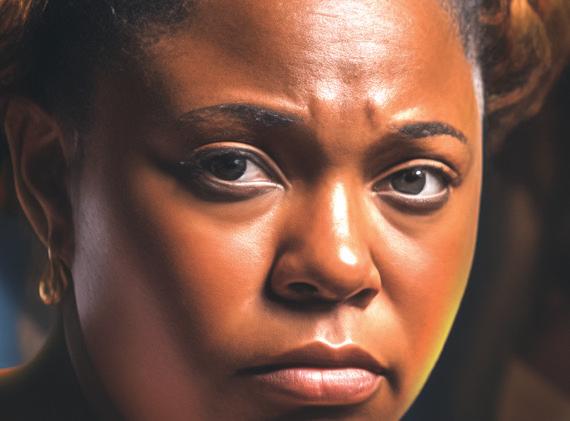
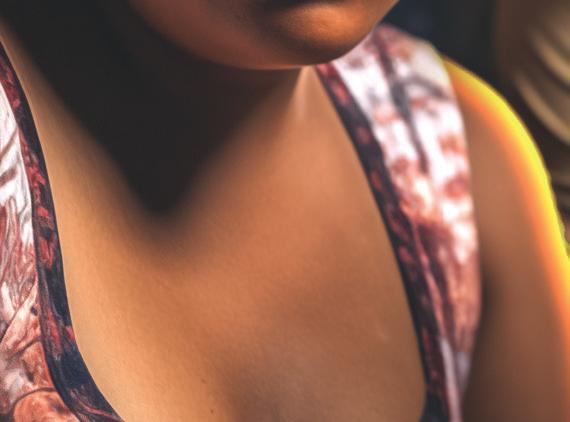

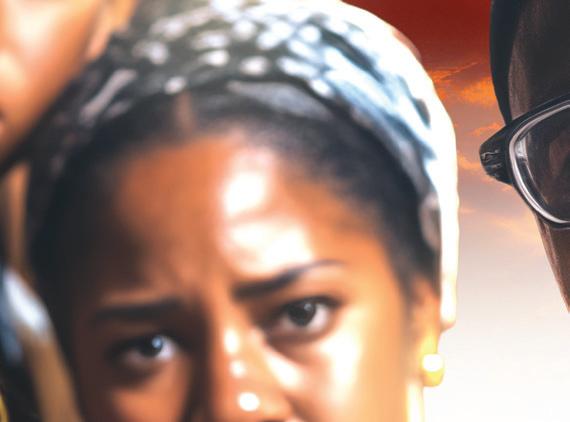
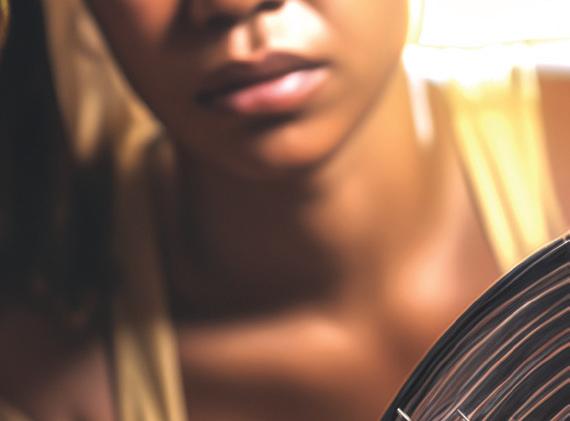
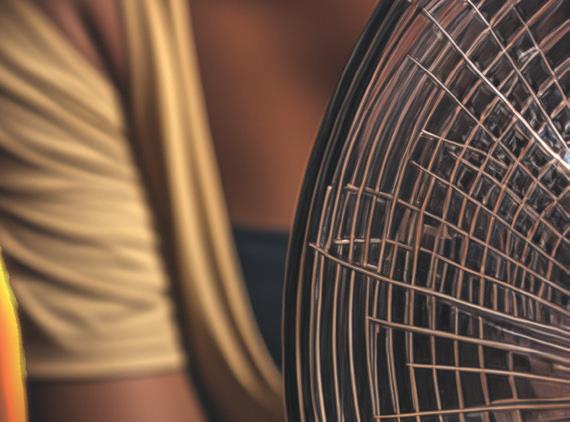
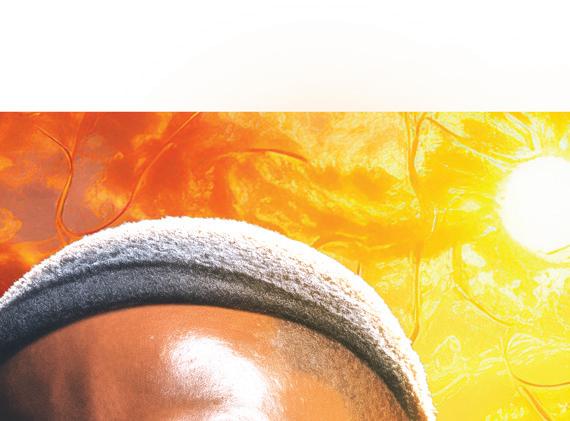
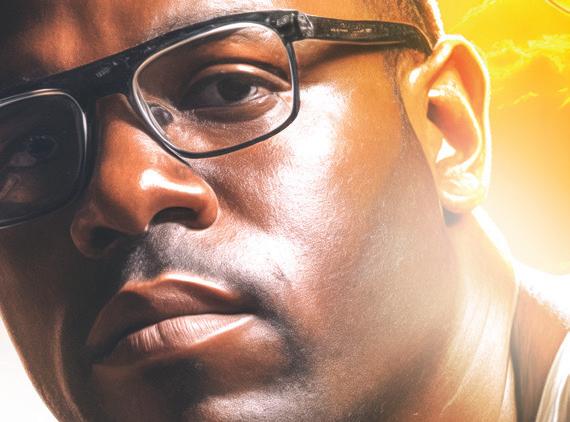
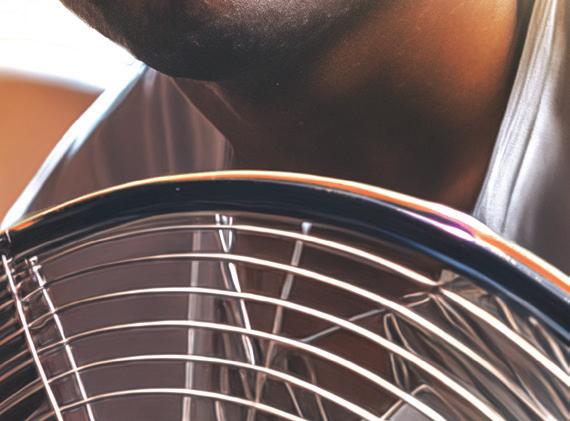


“Addressing Current & Historical Realities Affecting Our Community”

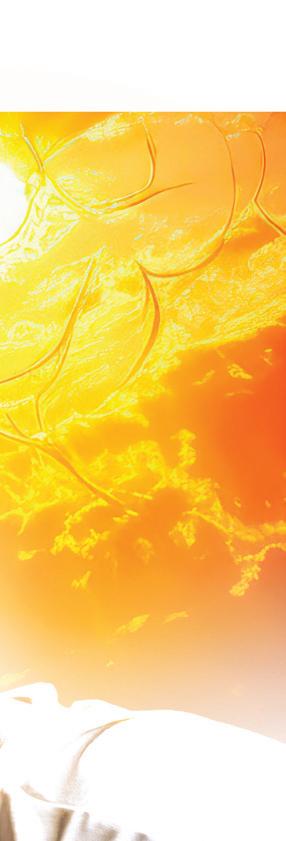


EXTREME HEAT HITTING BLACK NEIGHBORHOODS THE HARDEST
By: Roy Douglas Malonson
Harris County’s summers have always been hot, but new data show the heat is now taking a heavier and deadlier toll — and it’s not a ecting everyone equally. According to Harris County Public Health, heat-related illness cases have risen by 329 percent since 2019, with more than 7,600 emergency room visits recorded between 2019 and 2023. Nearly half of those cases occurred on days when the heat index exceeded 103°F.
e report also reveals stark racial disparities. Black residents make up about 18–19 percent of Harris County’s population but account for 29 percent of heat-related illnesses. Hispanic or Latino residents make up 33 percent of cases, while White residents account for 26 percent. Public health o cials say these numbers re ect both environmental and social factors, including where people live, how neighborhoods are built,
Heat on pg. 3

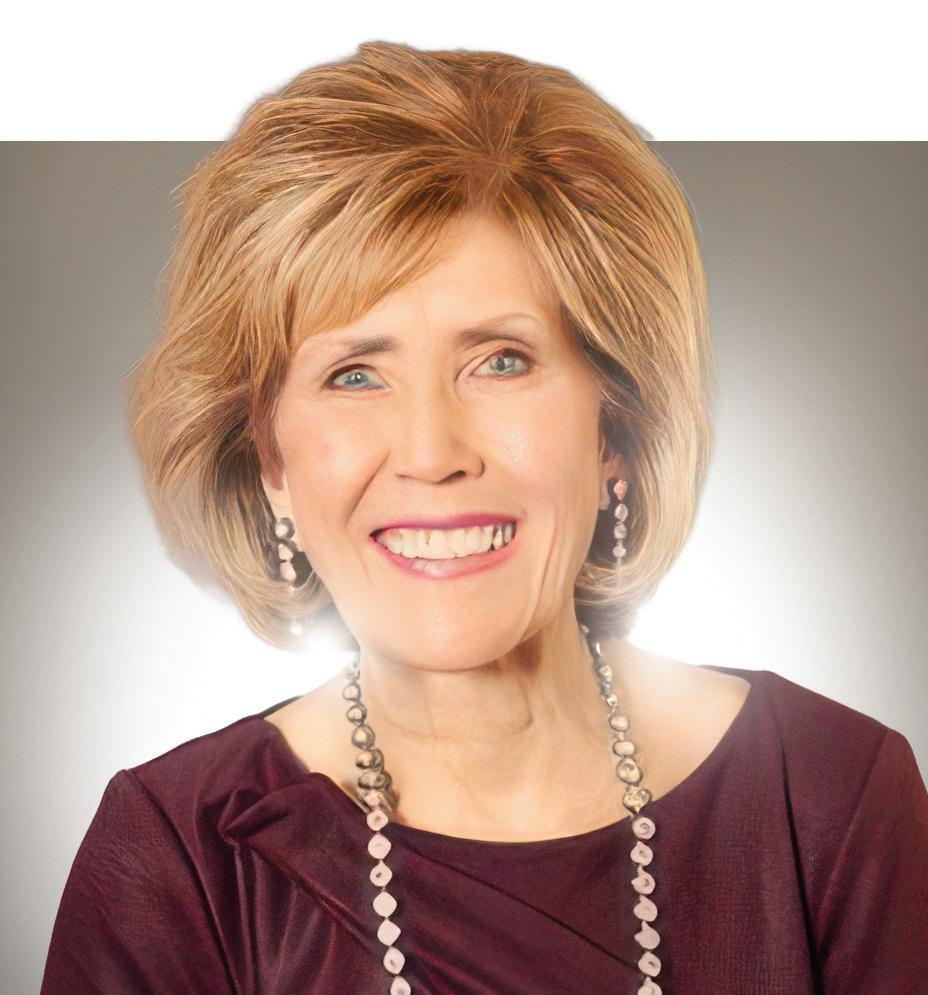

DOLORES “DODIE” OSTEEN

A LIFE OF FAITH, HEALING, AND LEGACY
By: Fred Smith
Dolores “Dodie” Osteen, the matriarch of Lakewood Church and mother of Pastor Joel Osteen, passed away on January 19, 2025, at the age of 91. Her death marks the end of a remarkable chapter in American faith history, but her legacy continues to inspire millions across the globe.
Born in 1933 in rural Texas, Dodie’s early life was marked by hard work, perseverance, and a deep connection to faith. Alongside her husband, the late Pastor John Osteen, she co-founded Lakewood Church in 1959. What began as a small congregation inside an abandoned feed store in Houston would eventually grow into one of the largest churches in the United States.
Dodie’s story is not only about building a church— it is about surviving when the odds said she could not. In 1981, she was diagnosed with metastatic liver cancer and given only weeks to live. Refusing to surrender, she turned to her faith and scripture. Against medical expectations, she recovered—a healing she credited entirely to prayer. at miracle became the foundation of her lifelong ministry of compassion and intercession.
For more than four decades a er her recovery, “Mama Dodie,” as many a ectionately called her, became a beacon of hope for the sick and weary. She prayed over thousands, mailed out handwrit-


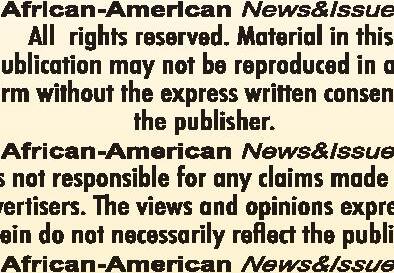



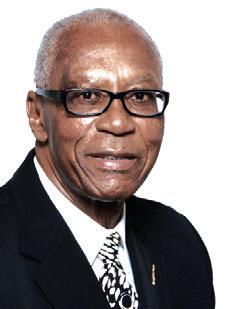
A Revival of God Consciousness




e use of governmental authority to act against citizens re ects an exclusionary mindset, which is particularly concerning within a multicultural democracy. Democracy is about a spiritual moral ideal: government of the people, by the people, and for the people. Unfortunately, President Trump has expressed socio-economic political goals that focus on his personal administrative goals, his family members socio-economic goals, and the economic goals of his billionaire nancial supporters. President Trump is a professional at governing by theatrics. Militarizing the Washington D.C., police department is classic racism theatrics, attempting to rewrite the ugliness of slavery and the contributions of Blacks to making America a more perfect union, attempting to strip historical artifacts and personalities from the Smithsonian Museum, Trumpifying the Kennedy Center, and boldly transforming e White House Rose Garden into a Mar Lago Ball Room. ese e orts aim to turn perception into reality. Perception does not always align with reality; but for some individuals, perception may be regarded as reality. Of course, the world knows that if President Trump really desired to be tough on crime, he would begin with cleaning-up his own mindset, because the world knows that


he is a convicted criminal. Let’s be spiritually candid about crime; especially juvenile crime and juvenile arrests they are invariably related to the spiritual breakdown of the nuclear family as well as the over materialistic nature of American society. Consequently, we have young men who are willing to kill each other for a pair of Air Jordan Tennis Shoes, rather than spiritually learning how to work for your needs, not steal and kill for your vanity wants. Sadly, President Trump desires to rewrite American history and erase the ungodly ugliness of slavery and institutional racism that still divides America, even in the Twenty-First Century. us, Donald J. Trump’s Presidency is built upon racism and sexism, not multi-cultural inclusionary democracy. January 6th, 2021, is sometimes cited as an example where some analysts suggest that the outcome might have di ered if Black and Brown Americans had been involved in actions like those that took place, with speculation that there could have been more severe consequences rather than Presidential pardons. Racism is malnutrition of the brain ugliness. is is why the history of slavery is not a unifying experience. Lying about the ugliness of slavery and racism is ugly and ungodly, because: “God that made the world and all things therein, seeing that he is Lord of heaven and earth, dwelleth not in temples made with hand; neither is worshipped with men’s hands, as though he needed anything, seeing he giveth life, and breath, and all things, and hath
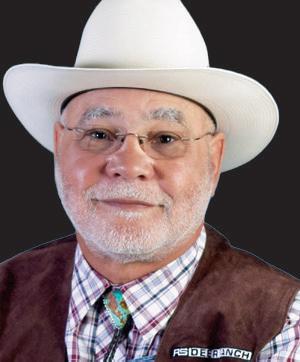
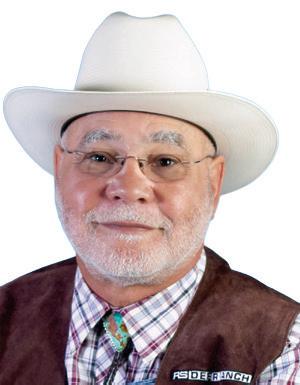
We Must Understand
Roy Douglas Malonson, Publisher
HEAT MAKES HEALTH INEQUALITY WORSE
fragile systems into crisis. For people with diabetes, dehydration can cause blood sugar spikes that lead to dangerous hyperglycemia.


When summer temperatures climb past triple digits, everyone feels it—but not everyone faces the same risks. For Black Houstonians, extreme heat is layered on top of an already unequal health landscape, turning a climate problem into a life-and-death public health Nationwide, African Americans are 40% more likely to have high blood pressure and 60% more likely to be diagnosed with diabetes than White Americans, according to the CDC. In Texas, these gaps are even wider, with state health data showing Black adults experiencing higher rates of obesity, stroke, and chronic kidney disease. ese conditions limit the body’s ability to regulate temperature and make people more vulnerable to heat-related complications. Research from the National Institutes of Health has found that extreme heat can increase hospital admissions for heart failure by 15% and for kidney failure by 30% in at-risk populations. e heat forces the heart to pump harder, thickens the blood, and depletes uids—tipping
Environmental inequality compounds the danger. Studies by Texas A&M and UH show that historically Black neighborhoods in Houston have up to 40% less tree canopy than majority-White areas and more heat-absorbing surfaces like asphalt. ese “urban heat islands” can trap temperatures well above the city average, especially at night when the body needs to recover.




blood pressure and








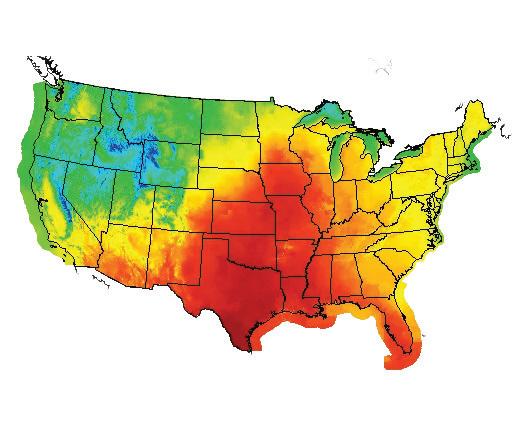
come households in Harris County keep their homes at unsafe
Many residents in these areas also face barriers to cooling— older housing stock, limited to a ordable air conditioning, or fear of high electricity bills. A 2023 Texas energy study found that 21% of low-income households Harris County keep their homes at unsafe temperatures during heatwaves to avoid utility shuto s. Addressing this crisis requires two tracks: investing in cooling infrastructure for the most heat-burdened neighborhoods and expanding healthcare outreach for chronic disease management during extreme weather. Shade trees, cool roofs, and shaded transit stops save lives—but so does ensuring vulnerable residents have access to medications, hydration, and safe indoor spaces when temperatures soar. Combating extreme heat is not just climate action—it’s health equity in motion.
Heat Cont.
and access to cooling resources.
One of the most striking ndings comes from the Houston Harris Heat Action Team (H3AT), which conducted detailed temperature mapping. eir study found up to a 14°F di erence between neighborhoods on the same summer day. Communities such as Gul on, Alief, and parts of the Fi h Ward — home to large Black and Hispanic populations — consistently registered as some of the hottest areas in the county.
e cause is what urban planners call the “urban heat island” e ect. ese neighborhoods have fewer trees, less green space, and more heattrapping surfaces like asphalt and concrete. Research shows that historically marginalized Black neighborhoods in Houston have about 33 percent less tree canopy than predominantly White areas, which signi cantly increases localized temperatures. e problem doesn’t end when the sun goes down. Climate data from Climate Central show that Houston’s nighttime summer temperatures have risen by 5.8°F since 1970, nearly double the national average. In the 1970s, Houston averaged just four extremely hot nights per summer. Now, that number has surged to 57 in recent years. is lack of nighttime cooling is particularly dangerous because the human body needs cooler periods to recover from daytime heat stress. Without that break,
the risk of heat-related complications — such as dehydration, heat stroke, and cardiac events — increases, especially for people with pre-existing conditions.
ose conditions are more common among Black residents.
e Houston Health Department’s Health Disparities report notes that African Americans in the city experience higher rates of hypertension, diabetes, and cardiovascular disease than other groups. ese conditions can worsen rapidly in extreme heat.
Public health o cials are urging a mix of short-term protections and long-term infrastructure changes.
Harris County Public Health has increased outreach about heat safety, expanded the number of cooling centers, and distributed educational materials on hydration and recognizing heat illness symptoms. However, experts stress that these are stopgap measures. Long-term solutions, they say, require redesigning neighborhoods to reduce trapped heat. Planting more trees, installing re ective or “cool” roo ng materials, and converting public buildings into permanent cooling hubs are among the most e ective strategies. In fact, tree canopy restoration is considered one of the fastest ways to lower street-level temperatures by as much as 10–14°F. But funding challenges
have slowed progress. A planned Justice40 climate equity grant — which would have provided $250,000 for planting more than 13,000 trees in neighborhoods like Alief — was not implemented a er a federal funding change. Environmental advocates say that setback represents a missed opportunity to deliver cooling relief where it is most needed.
O cials emphasize that data-driven targeting





is key. e H3AT temperature maps allow the city and county to pinpoint the neighborhoods with the highest heat burdens.


records, leaders can prioritize resources for the residents most at risk.
Harris County Public Health’s report concludes with a warning: if climate trends continue, the frequency, duration, and severity of extreme heat events will increase. Without signi cant intervention, the number of heatrelated illnesses — and potentially deaths — will continue to climb.
address this with the urgency it demands, especially for the communities that are hit the hardest.”
e stakes are high. National data already show that extreme heat kills more Americans each year than hurricanes, oods, and tornadoes combined.
“Extreme heat is one of

“Extreme heat is one of the most serious climate threats to our region,” said Dr. Ericka Brown, Harris County’s Local Health Authority, in the o cial report.

In Harris County alone, dozens of heat-related deaths are recorded annually — a gure health o cials believe is undercounted due to
“We must is undercounted due to heat’s indirect role in worsening other medical conditions.

e evidence is clear: Houston’s heat crisis is not evenly distributed. It
follows lines drawn long ago by housing policies, land use decisions, and patterns of underinvestment in Black and Brown neighborhoods. Combating it will take more than weather forecasts and heat advisories. It will require a sustained commitment to cooling the city’s hottest areas, addressing health disparities, and building resilience before the next recordbreaking summer
breaking summer arrives.
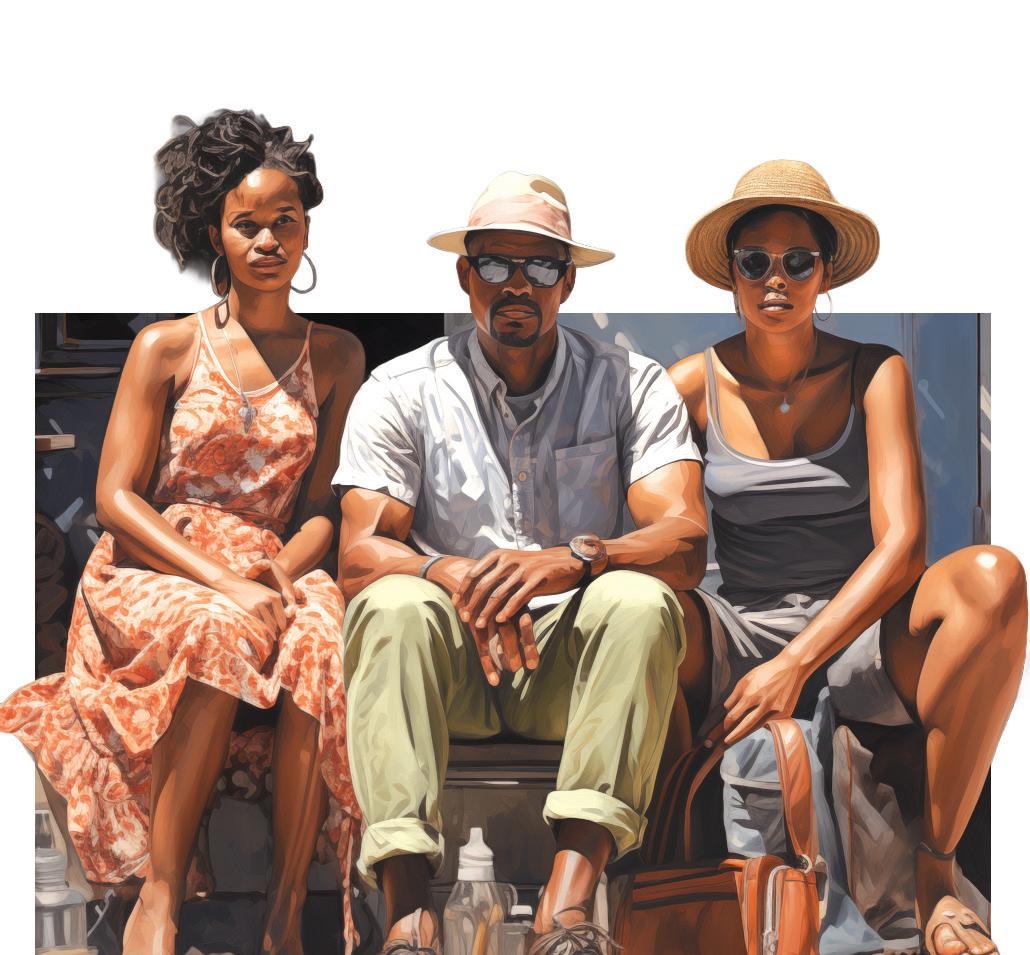
By aligning these maps with public health

THROUGH THE LENS OF TIME: BLACK HISTORY IS 24/7/365
1760. Jupiter Hammon, an enslaved man from Connecticut, writes an autobiography o en considered to be the rst slave narrative.
1770. Crispus Attucks, who had formerly been enslaved, is killed by British soldiers in the Boston Massacre.
1772. Jean-Baptist-Point Du Sable, a Black pioneer trader, builds a fur-trading post on the Chicago River at Lake Michigan.
1773. Phillis Wheatley, the rst notable Black woman poet in the United States, publishes in England her Poems on Various Subjects, Religious and Moral.

1777. Vermont, not yet part of the United States, becomes the rst colony to abolish slavery in its constitution.
1781. James Armistead (later James Lafayette), an enslaved man, spies on British forces in Virginia for the marquis de Lafayette during the American Revolution.
1789.
or

HOUSTON
AUSTIN

TEXAS TAKEAWAY


Houston shed 30,500 jobs in July, according to the Texas Workforce Commission, with the largest losses occurring in education and government services.
MONTGOMERY
Conroe ISD paused plans to display the Ten Commandments as a legal battle over the new state law intensified in San Antonio.
DALLAS
The Texas Legislature is reviewing a bill that proposes lowering the voter-approval tax rate multiplier for counties and municipalities with populations exceeding 75,000.
SAN ANTONIO
Southwest Airlines and San Antonio officials are awaiting a federal judge’s decision on whether to dismiss a lawsuit the airline filed last year.
North Texas is experiencing a rise in COVID-19 cases coinciding with the start of the new school year. As students return to classrooms across the region, health officials are closely monitoring the uptick in infections, raising concerns about potential outbreaks in schools and surrounding communities. The increase in cases has prompted some school districts to reinforce health guidelines and encourage vaccinations, particularly as new variants continue to circulate.




Bayard Rustin was a pivotal gure in the American Civil Rights Movement and a lifelong advocate for social justice. Known for his brilliant organizational skills and his unwavering commitment to nonviolent protest, he was a key mentor to Martin Luther King Jr., introducing him to Gandhian principles of nonviolent direct action. He believed in the power of democracy and peaceful protest to bring about social change, leaving behind a legacy of tireless activism and a blueprint for future movements.
FINANCIAL LOCAL
WHAT HAPPENS IF EVERY BLACK DOLLAR STAYED BLACK FOR JUST 30 DAYS?
By: Fred Smith
What if every Black dollar stayed in the Black community for one month? Right now, the reality is stark: the average dollar circulates in Asian American communities for 28 days, in Jewish communities for 19 days, but in Black communities it lasts only 6 hours. at means trillions of dollars in potential wealth are leaving before they can create jobs, homes, or businesses where they’re most needed.
e collective buying power of Black America is projected at $1.7 trillion in 2024. To put that into perspective, that’s more than the entire GDP of countries like Mexico or Canada. Yet, because so little of this money is spent with Blackowned businesses, the community sees only a fraction of the bene t. If even 10% more of that $1.7 trillion were circulated within Black businesses, it could generate hundreds of thousands of new jobs and create billions in revenue for schools, nonpro ts, and neighborhood development.
proprietorships. Why? O en because they lack access to capital and consistent consumer support. A shi in spending habits could help those businesses expand, hire workers, and strengthen entire neighborhoods. Even in banking, the numbers tell a story. Less than 1% of the nation’s nancial institutions are Black-owned banks, yet studies show they are more likely to approve loans for Black entrepreneurs and homeowners. If more Black dollars stayed in these institutions for 30 days, it could dramatically
increase mortgage approvals, business loans, and scholarships, leading to generational wealth instead of generational debt. So what happens if every Black dollar stayed Black for just 30 days? You’d see thriving main streets, stronger banks, more jobs, and greater political leverage.
e $1.7 trillion wouldn’t just be a number—it would be a tool for empowerment. irty days could ignite a cycle of self-su ciency and growth that lasts generations.
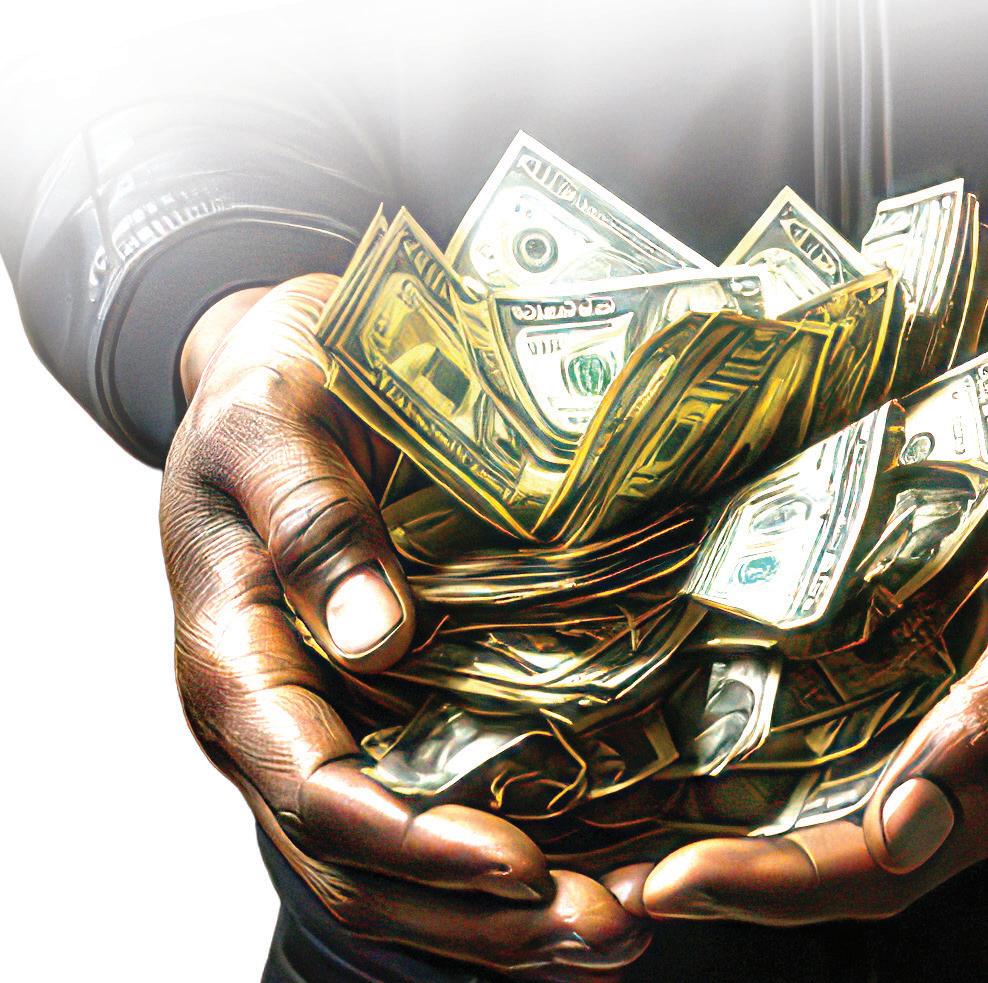
Consider this: there are about 3.2 million Blackowned businesses in the United States, but only 124,000 have employees. e rest are sole

IS HOUSTON’S TOLL ROAD AUTHORITY THE CITY’S BIGGEST CARTEL?
By: Fred Smith
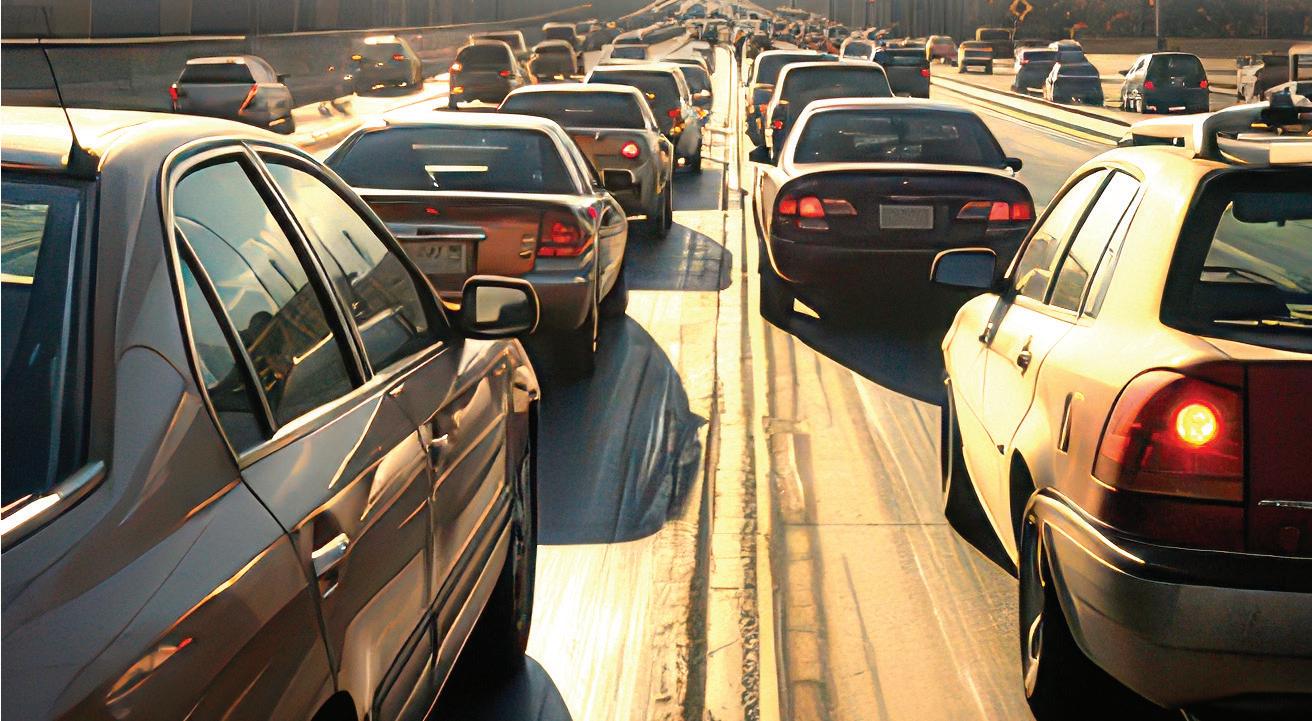
In Houston, drivers are asking one burning question: why are we still paying tolls on roads that were supposed to be “temporary” decades ago?

Billions have already been collected, yet the booths remain open and the EZ Tags keep charging. Some call it infrastructure. Others are calling it something darker — a legalized cartel bleeding Houston residents dry.
ink about it: taxpayers already pay property taxes, sales taxes, and the gas tax, which was designed speci cally to fund road construction. But in Houston, the bill doesn’t stop there. You’re hit again with tolls, sometimes paying $5–10 a day just to get to work.
at’s not just inconvenient — for working-class families, that’s grocery money. And here’s where it gets ugly. e African American and Hispanic communities are hit hardest. Many Black and Latino families live in Houston’s outer neighborhoods and suburbs, where toll roads are the only fast routes into the city. While wealthier residents

can choose pricey “express” lanes as a convenience, for working-class communities, tolls are a nancial trap. It’s a daily tax on being poor, forcing those who can least a ord it to pay the most. Meanwhile, the Houston Toll Road Authority has built an empire. Billboards brag about billions collected, yet potholes remain and neighborhoods near these highways still struggle with poor infrastructure. So where’s the money really going? Into community improvements — or into a system designed to keep feeding itself forever? Critics say it feels like organized extortion: pay up or sit in gridlocked tra c for hours. And for communities of color, it’s another reminder that economic systems o en pro t o their struggle. So here’s the controversy: Is Houston’s Toll Road Authority really serving the people, or is it running like the city’s biggest cartel — a legalized shakedown that never ends?



TRUMP REDISTRICTING PLAN CLEARS TEXAS HOUSE
By: Apple News




On Wednesday, August 20, 2025, the Texas House of Representatives approved a new congressional redistricting plan backed by former President Donald Trump, aiming to expand Republican dominance in the state. Passed along party lines with a vote of 88–52, the map could potentially give the GOP up to five additional U.S. House seats in the upcoming 2026 midterms. Republican leaders, including Rep. Todd Hunter, acknowledged that the redistricting was crafted to enhance Republican electoral performance. Critics have labeled the move a blatant attempt at partisan gerrymandering, designed to solidify long-term GOP control in a state already leaning red. The vote came after a dramatic standoff that saw Democratic lawmakers walk out and leave the state, delaying the process for nearly two weeks. Democrats voiced strong opposition, arguing the new map unfairly dilutes the political influence of Black and Hispanic voters—an accusation they claim may violate the Voting Rights Act. Despite Republican claims that the map reflects population changes and includes new minority-

majority districts, civil rights advocates remain unconvinced. They say the adjustments still amount to racial gerrymandering and plan to challenge the new boundaries in court.
Now that the bill has cleared the Texas House, it moves on to the Republicancontrolled Senate, where swift approval is expected before it lands on Governor Greg Abbott’s desk for final signature. The redistricting has sparked national debate and could trigger responses from Democratic-led states, potentially escalating into a broader legal and political battle over the balance of power in Congress. With lawsuits already in motion, Texas’s map could become the centerpiece of a major courtroom fight over voting rights and partisan redistricting in the months ahead.
A DREAM THAT ENDURES HISTORICAL
By: AANI Staff
On August 28, 1963, during the March on Washington for Jobs and Freedom, Dr. Martin Luther King Jr. delivered his iconic *“I Have a Dream”* speech from the steps of the Lincoln Memorial in Washington, D.C. is powerful moment became one of the most de ning events of the American Civil Rights Movement. Speaking to over 250,000 people, Dr. King called for an end to racism, segregation, and economic inequality. His words not only inspired a generation but also helped push the civil rights agenda forward in the United States.
e speech came at a time when African Americans were facing systemic discrimination, particularly in the South. Jim Crow laws enforced segregation, voting rights were denied, and economic opportunities were limited. e March on Washington was organized to demand civil and economic rights for Black Americans.
Dr. King, already a prominent leader of the civil rights movement, used this national platform to share a vision of equality rooted in the American ideals of freedom and justice for all. One of the central themes of the speech is the idea of a united America where people are judged not “by the color of their skin but by the content of their character.”
Dr. King referenced the U.S. Constitution and the Declaration of Independence, reminding the nation of its promise that all men are created equal. He also used
powerful imagery, such as comparing racial injustice to a bad check America had written to Black citizens—a debt that must be paid in justice and opportunity.
Dr. King’s speech is celebrated not only for its message but also for its eloquent and poetic language. His use of repetition, metaphors, and biblical references gave the speech a rhythmic and emotional strength that resonated deeply with audiences then and now.
e phrase *“I have a dream”* became a rallying cry for civil rights and remains one of the most quoted lines in American history. e speech helped in uence the passage of the Civil Rights Act of 1964 and the Voting Rights Act of 1965.
that still remain. Dr. King’s dream of a fair and inclusive society lives on, encouraging new generations to continue the struggle for human rights and dignity for all people.
More than 60 years later, Dr.




More than 60 years later, Dr. King’s *“I Have a Dream”* speech continues to inspire movements for justice and equality across the world. It stands as a powerful reminder of the work that has been done and the challenges
King became a Baptist minister like his father, but his role quickly expanded beyond the pulpit. In 1955, he emerged as a national leader during the Montgomery Bus Boycott, a year-long protest against racial segregation on public buses sparked by Rosa Parks’ arrest. His calm, nonviolent approach and powerful speeches gained him national attention. He co-founded the Southern Christian Leadership Conference (SCLC) in 1957, an organization that coordinated nonviolent protests to promote civil rights across the
rights across the South.


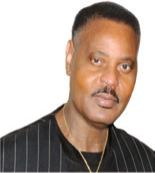





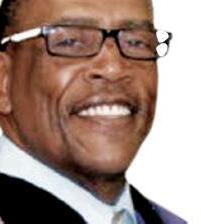
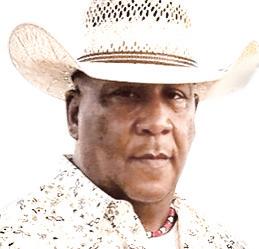


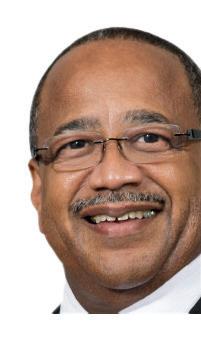











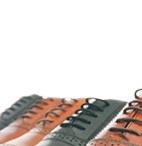


















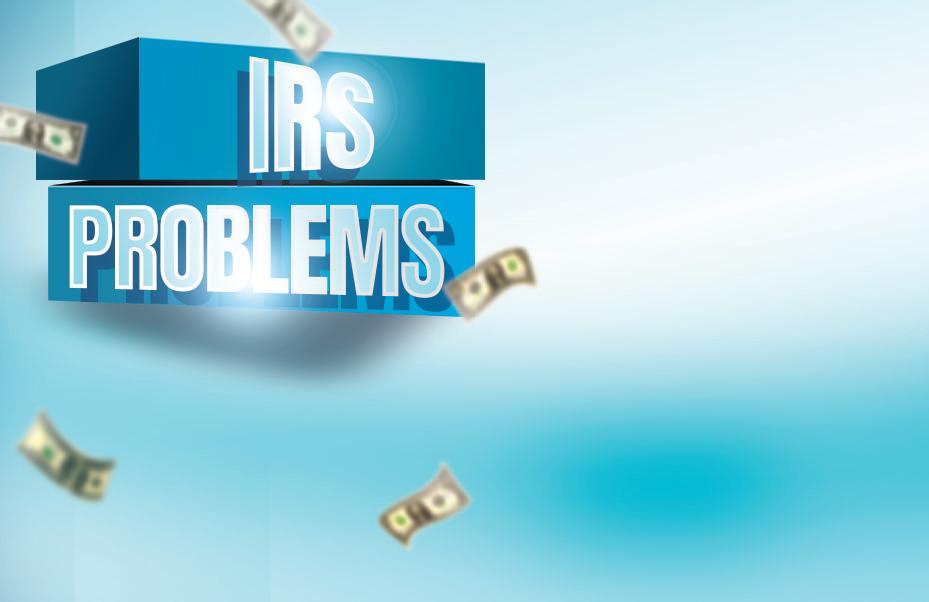
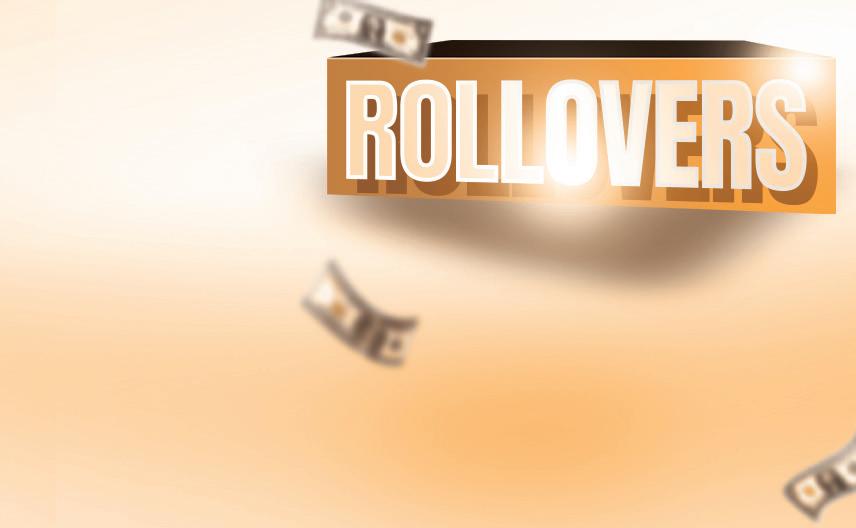
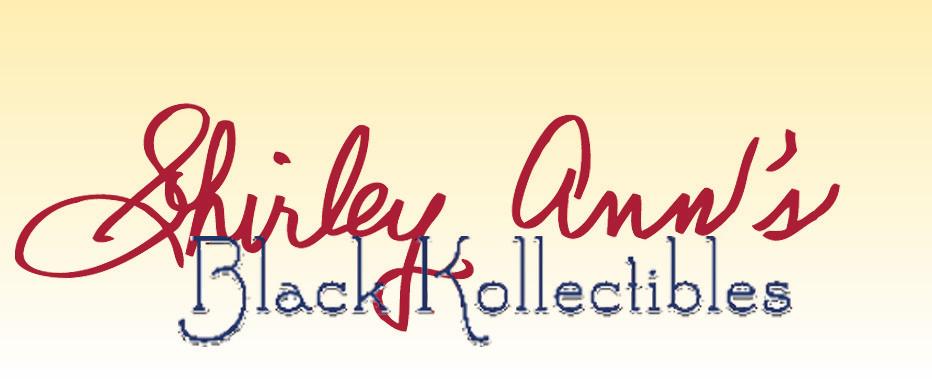




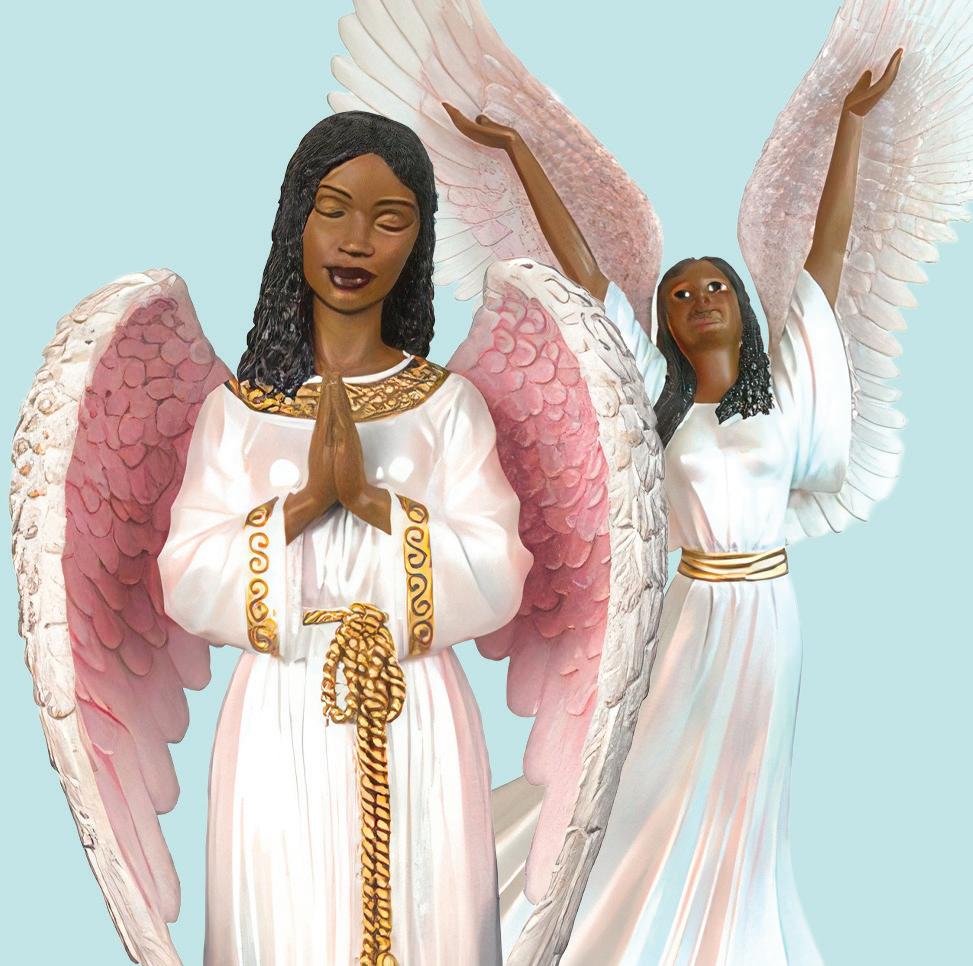

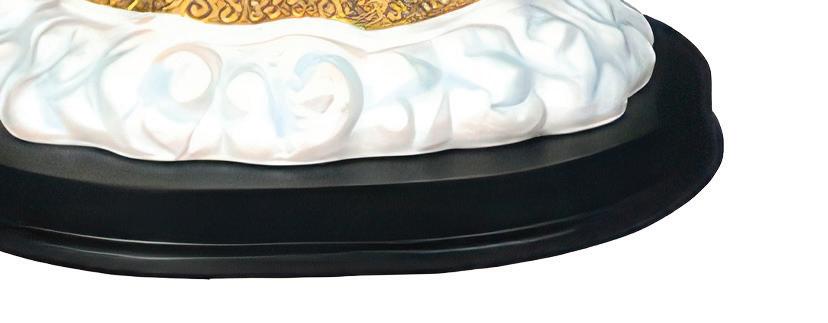






GREAT EDUCAT RS THE HEART OF LEARNING STARTS WITH
Nominate a deserving teacher, counselor, principal, early childhood learning center, school board or school district.










Created in 2002, the H‑E‑B Excellence in Education Awards was designed to honor and thank outstanding public school professionals. Through this program, H‑E‑B awards over $780,000 annually to deserving educators who go the extra mile to serve their students and communities.


To submit a nomination or application, go to HEBLovesTeachers.com Deadline for nominations September 30























